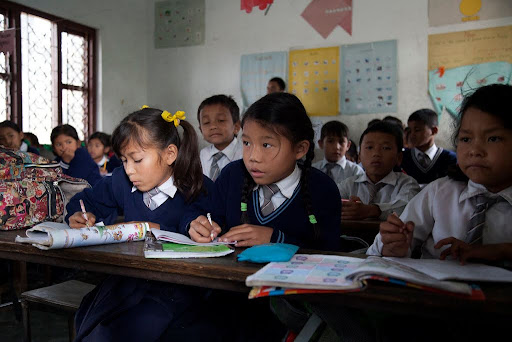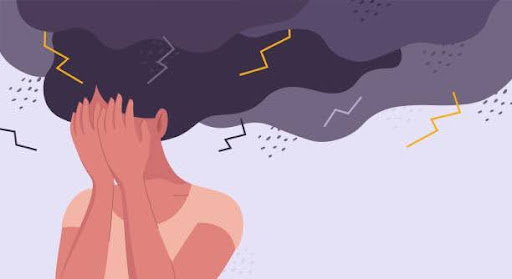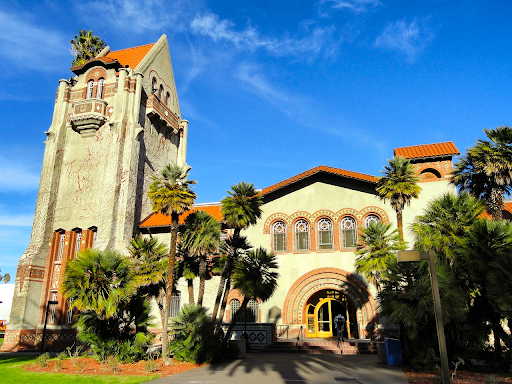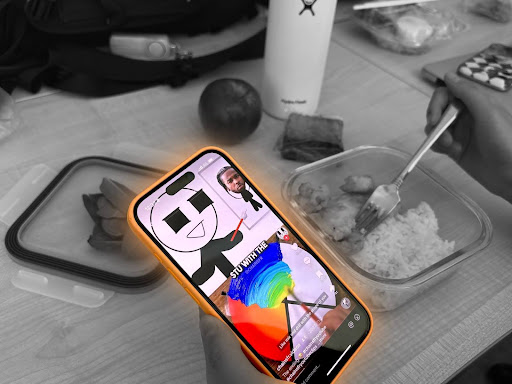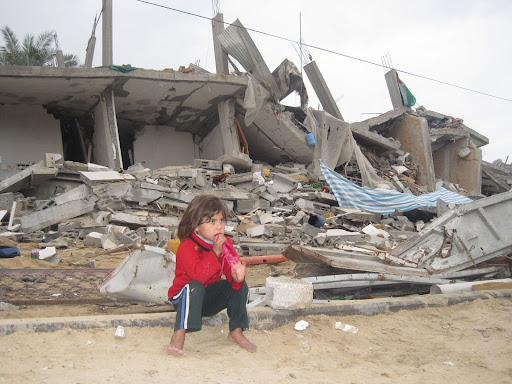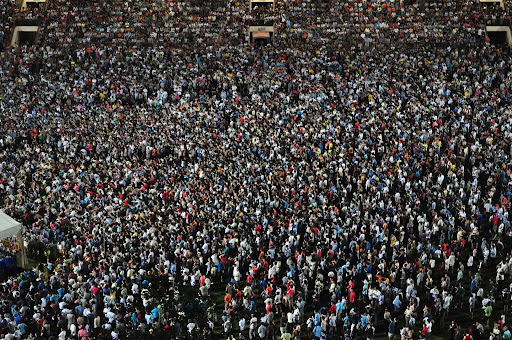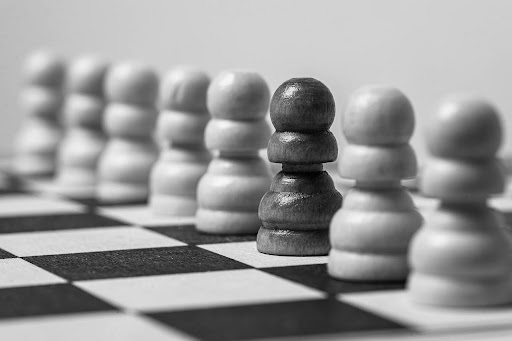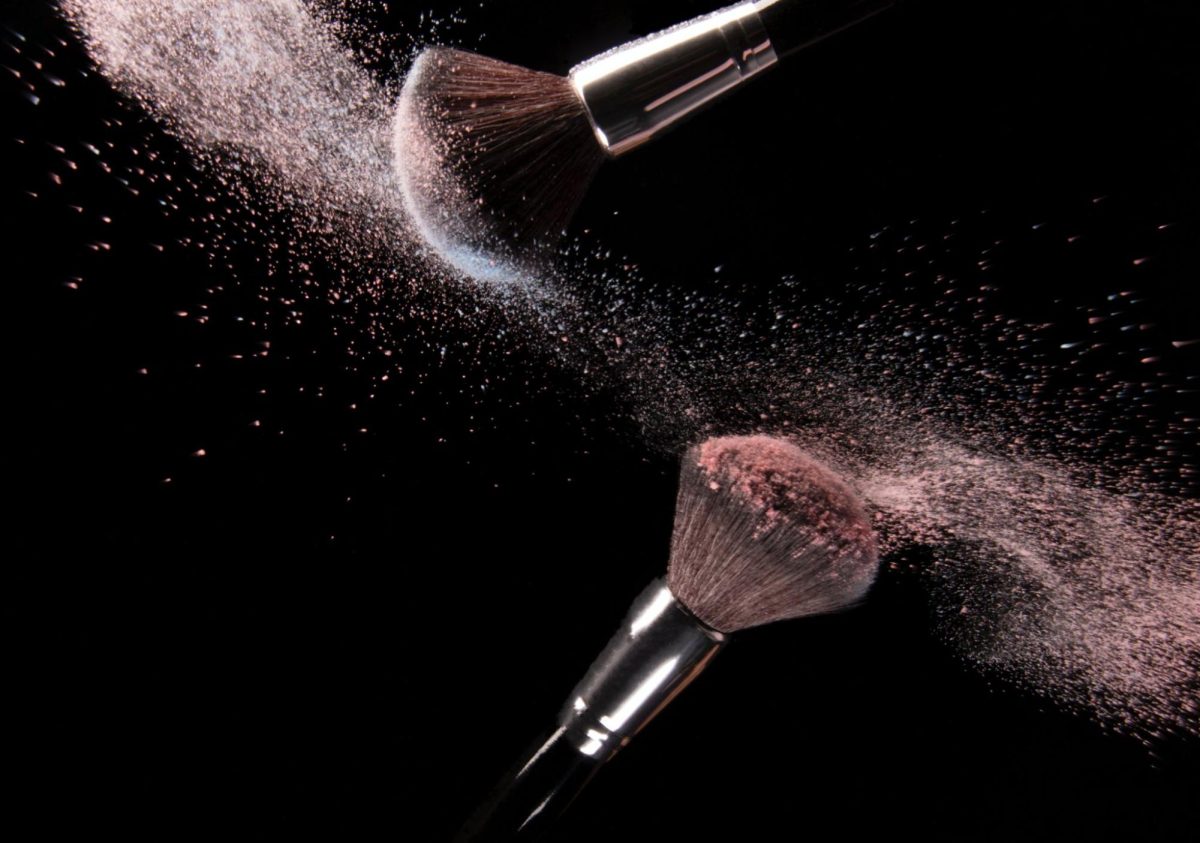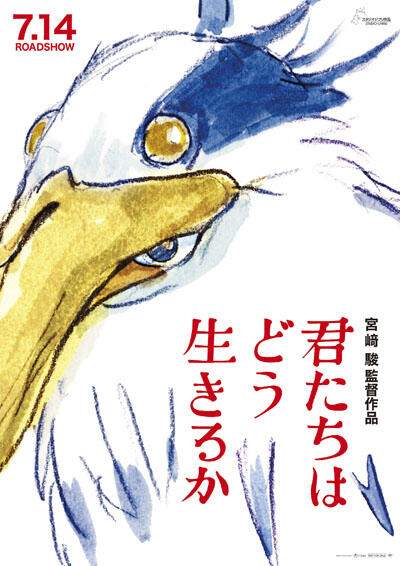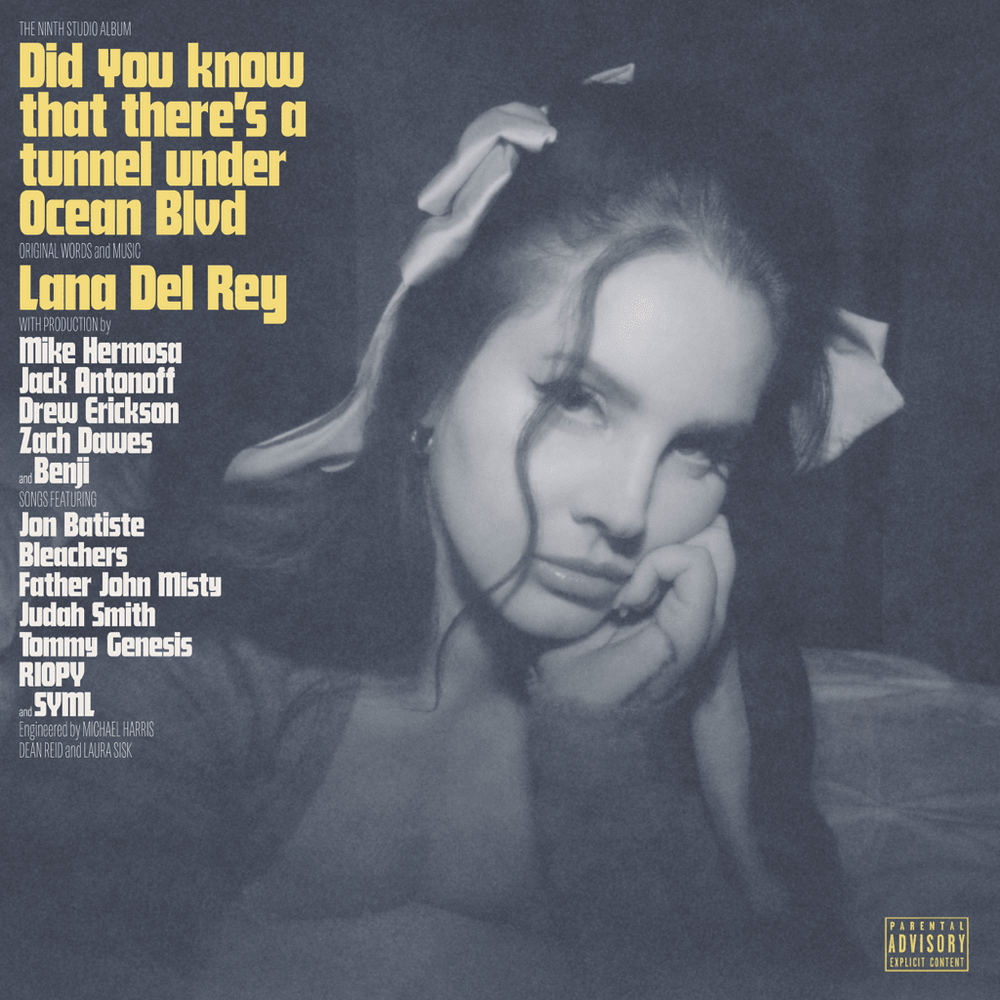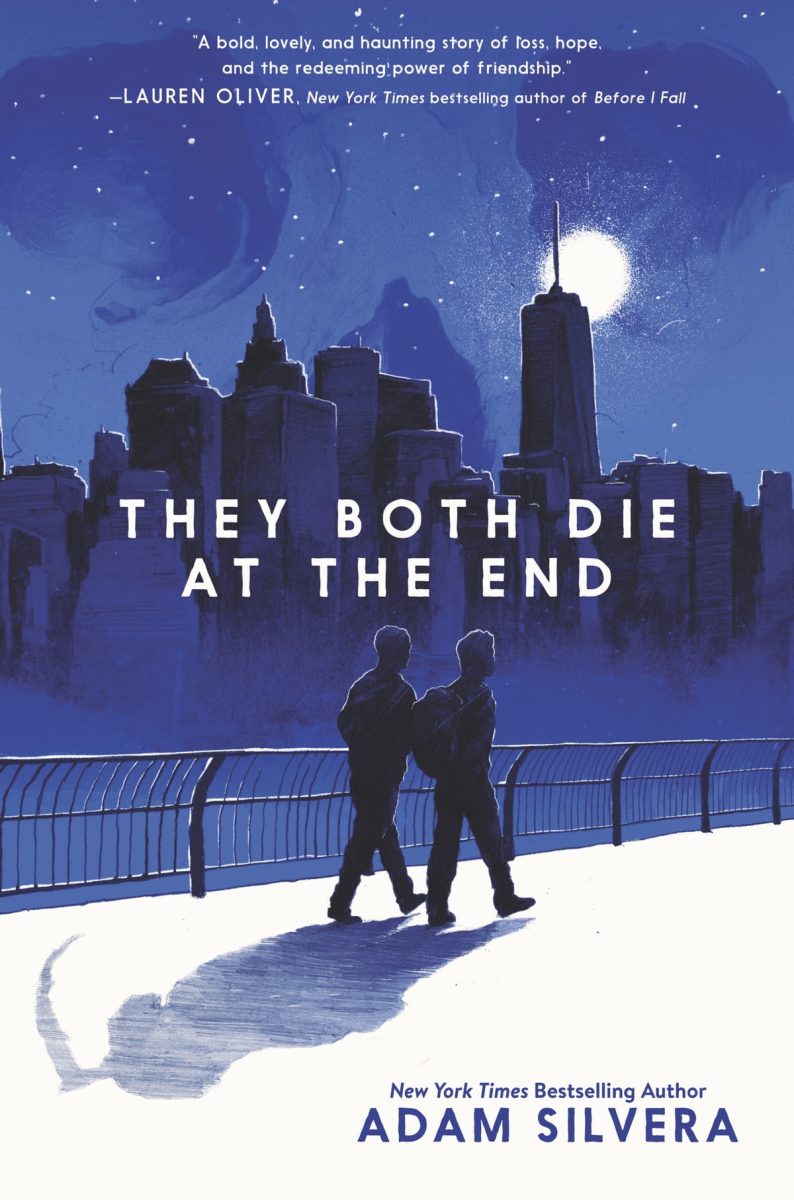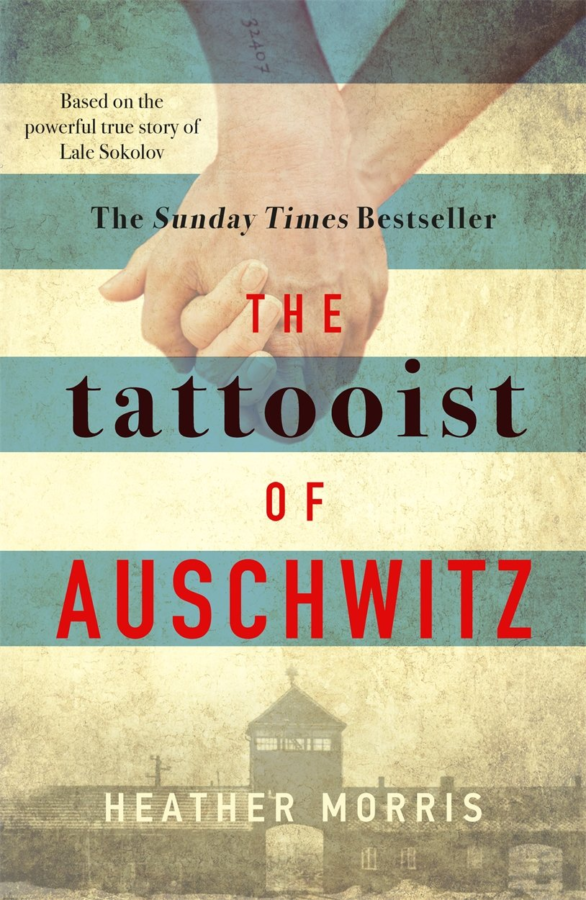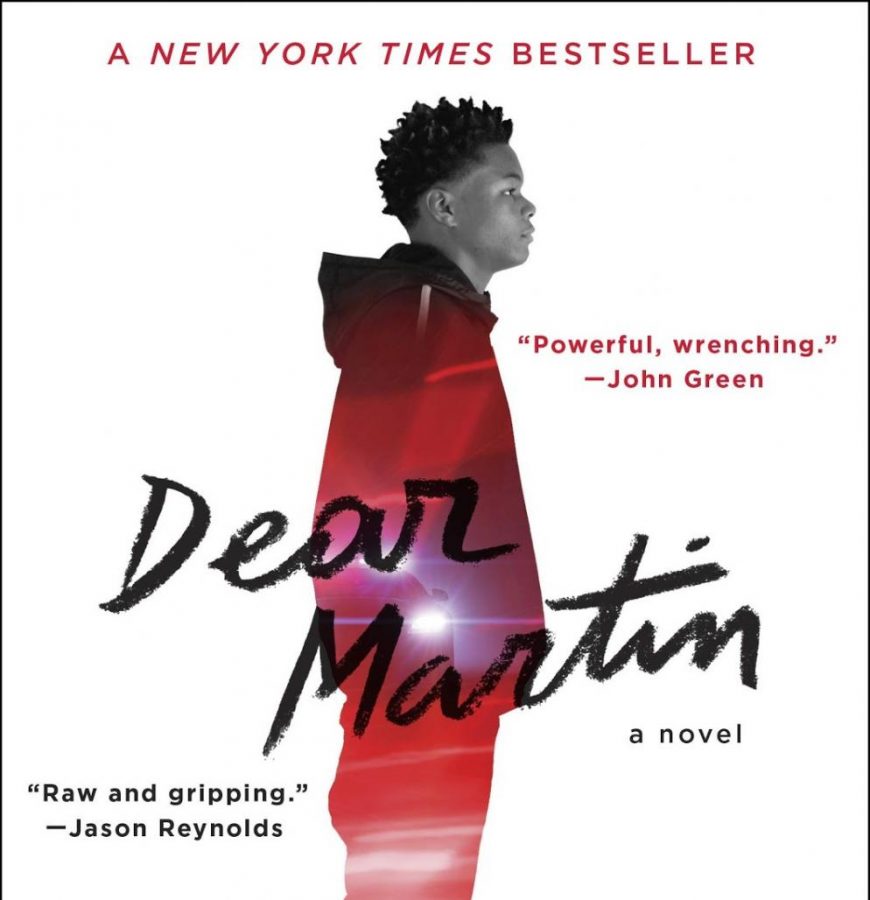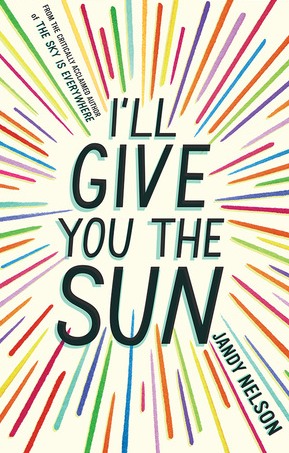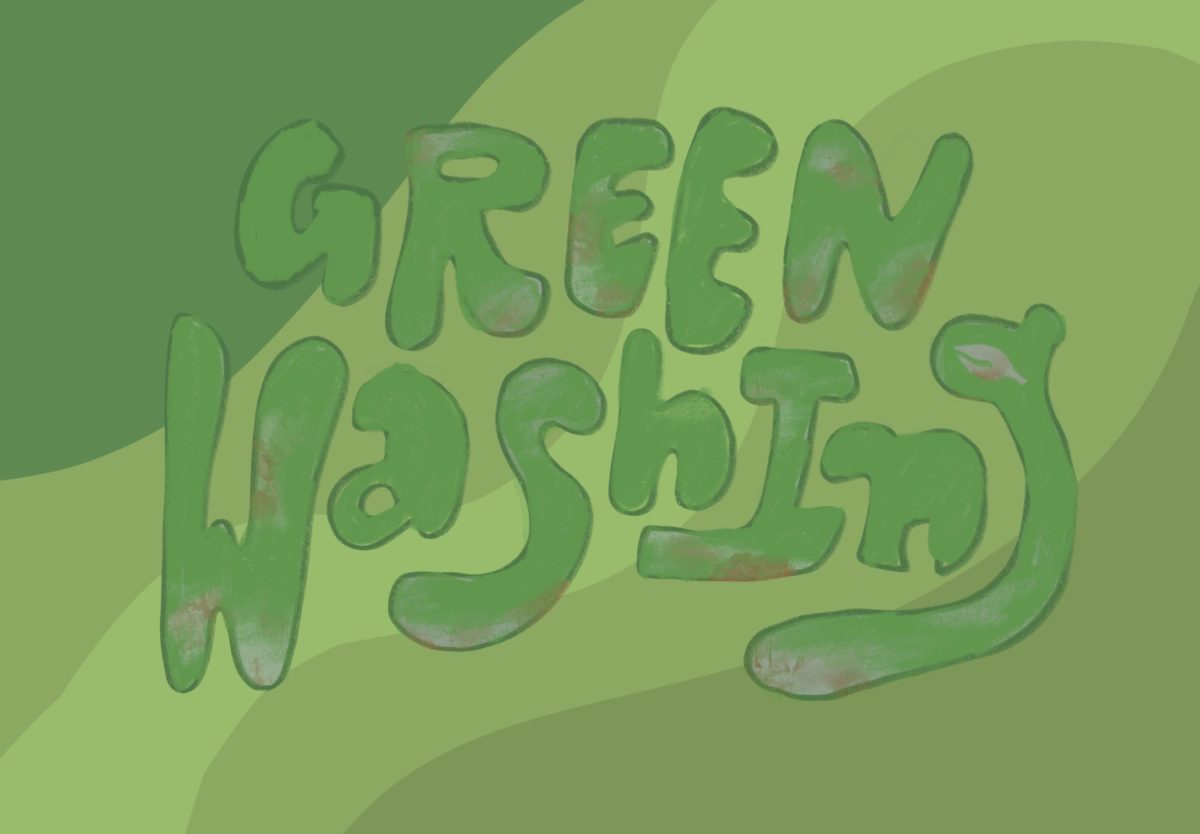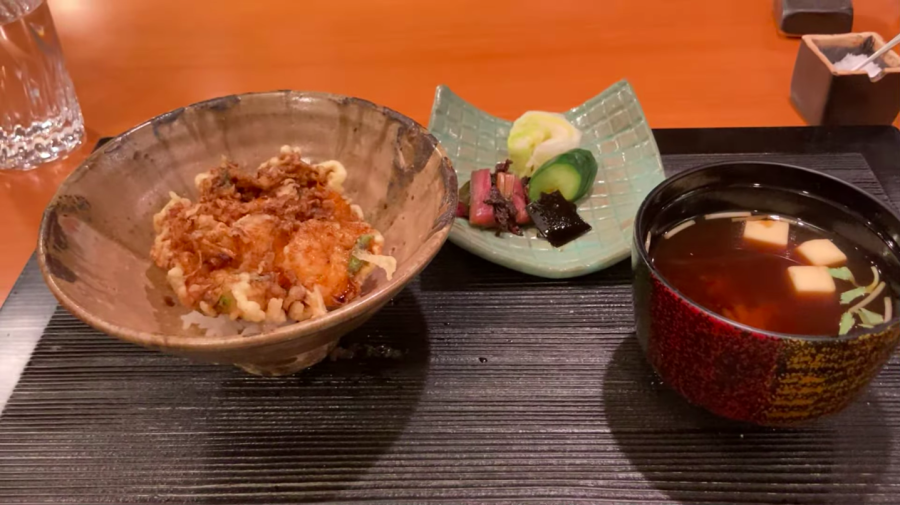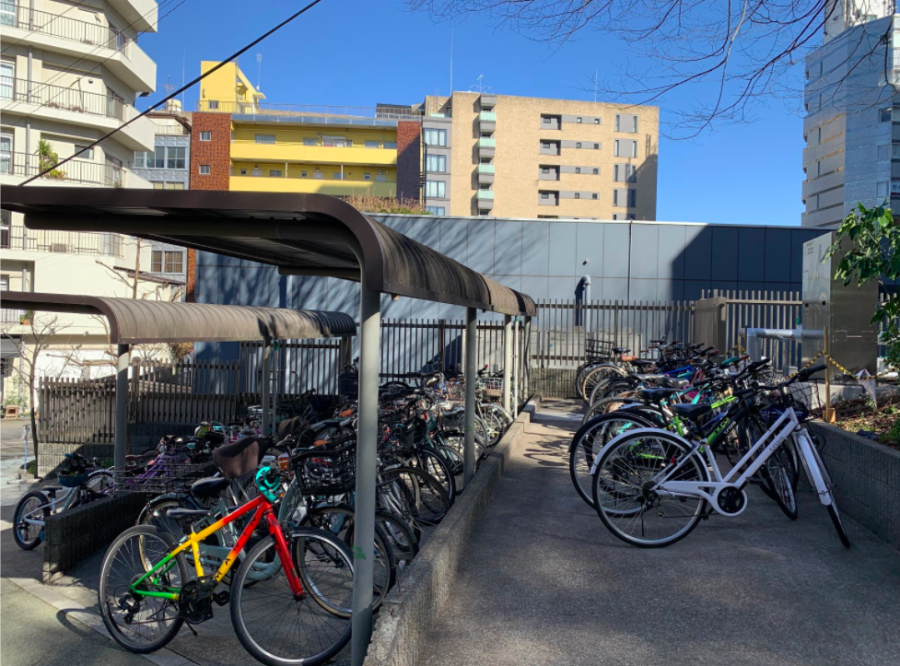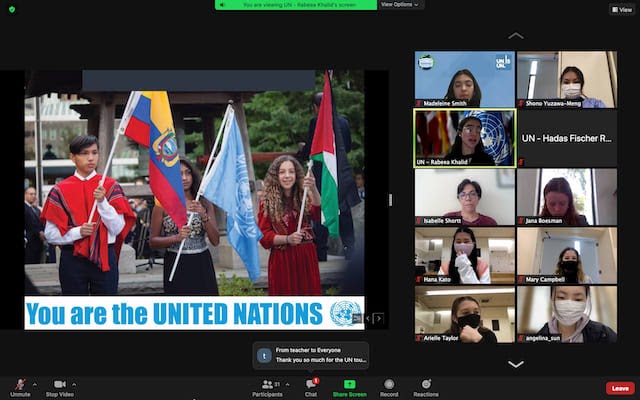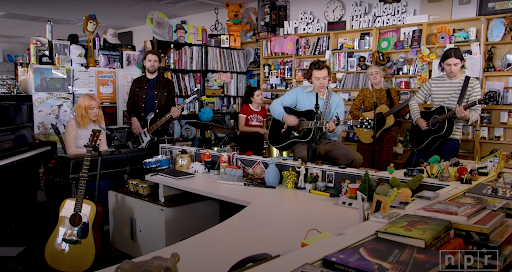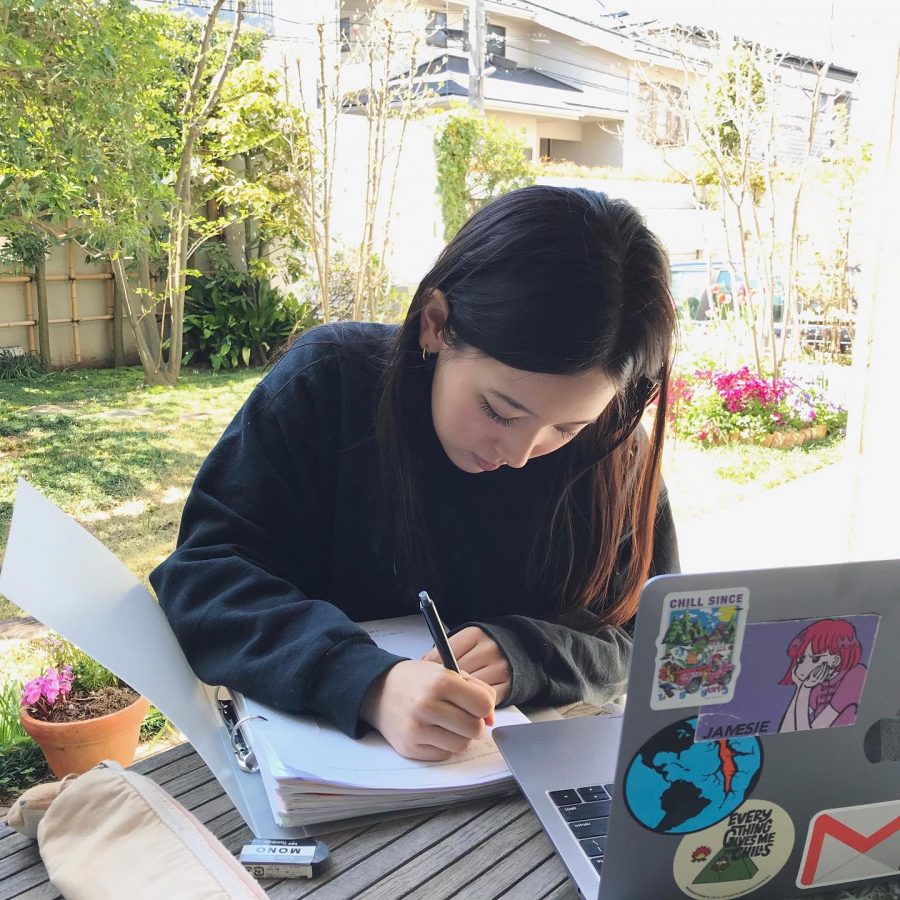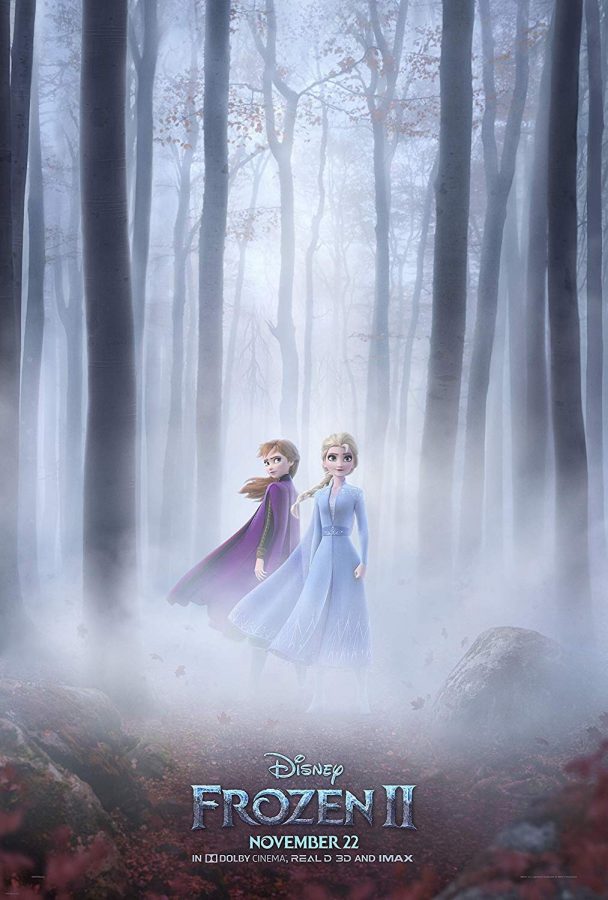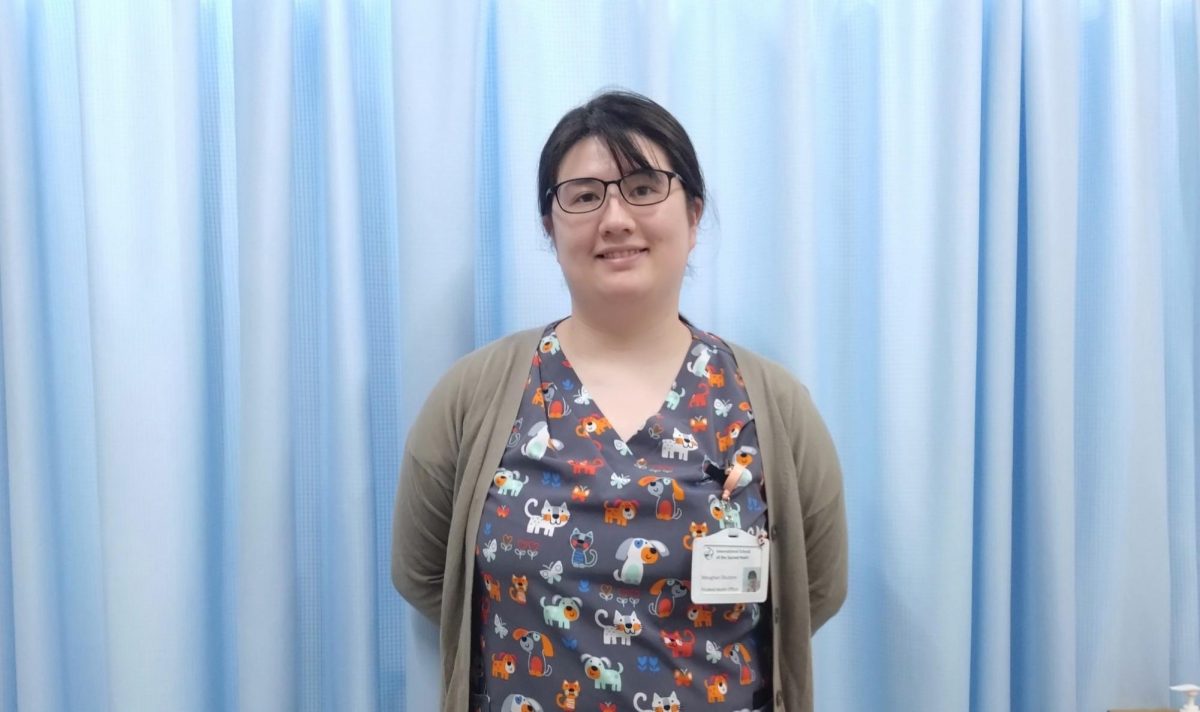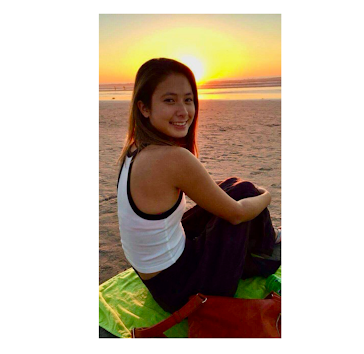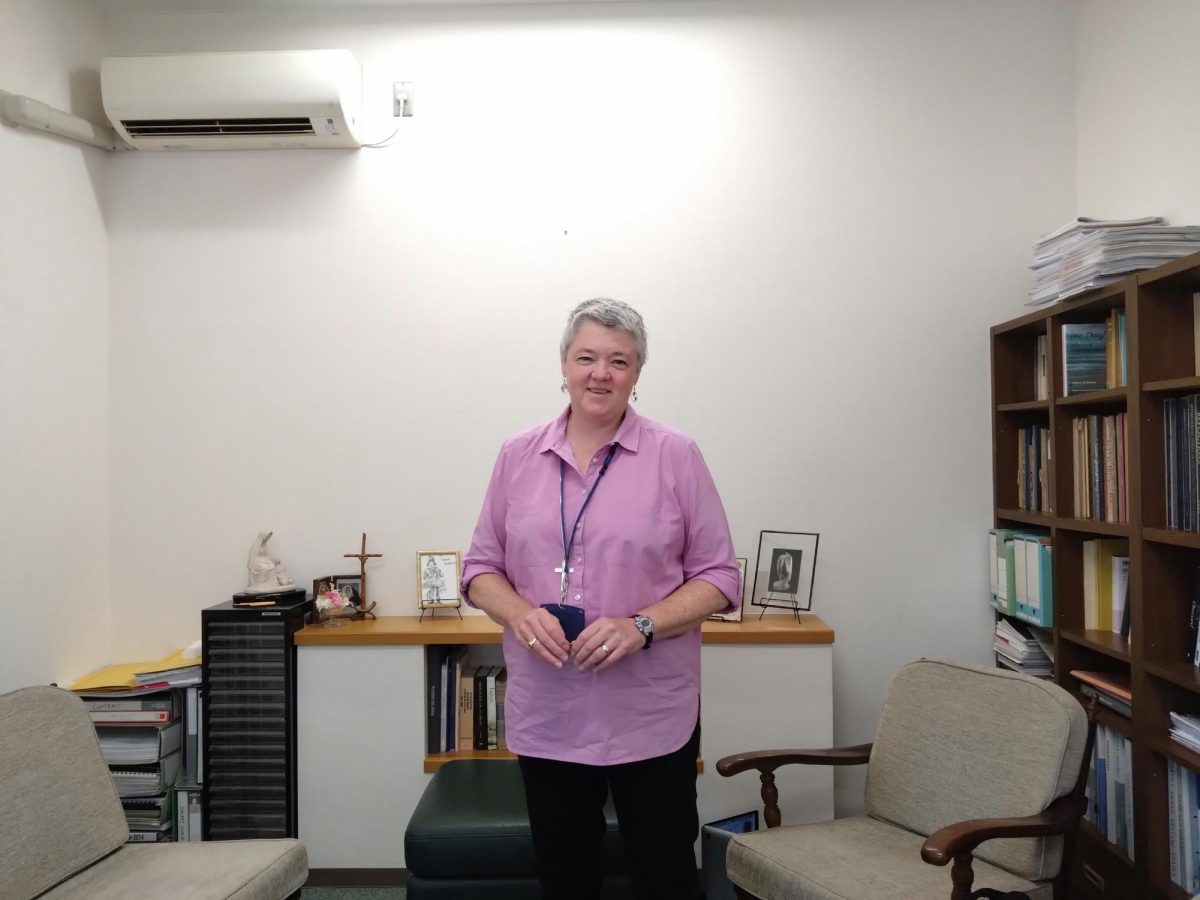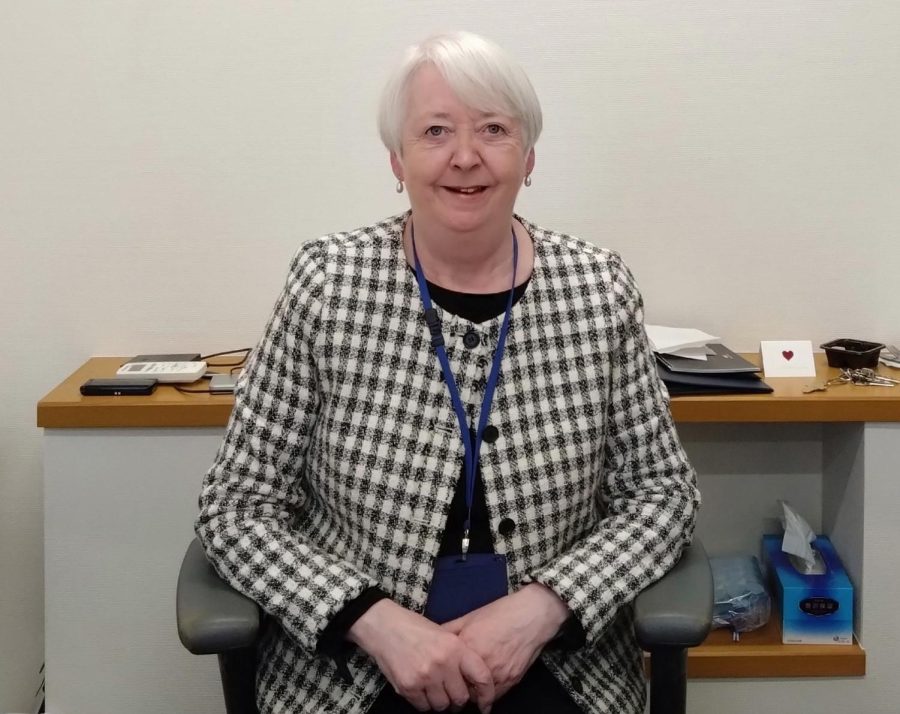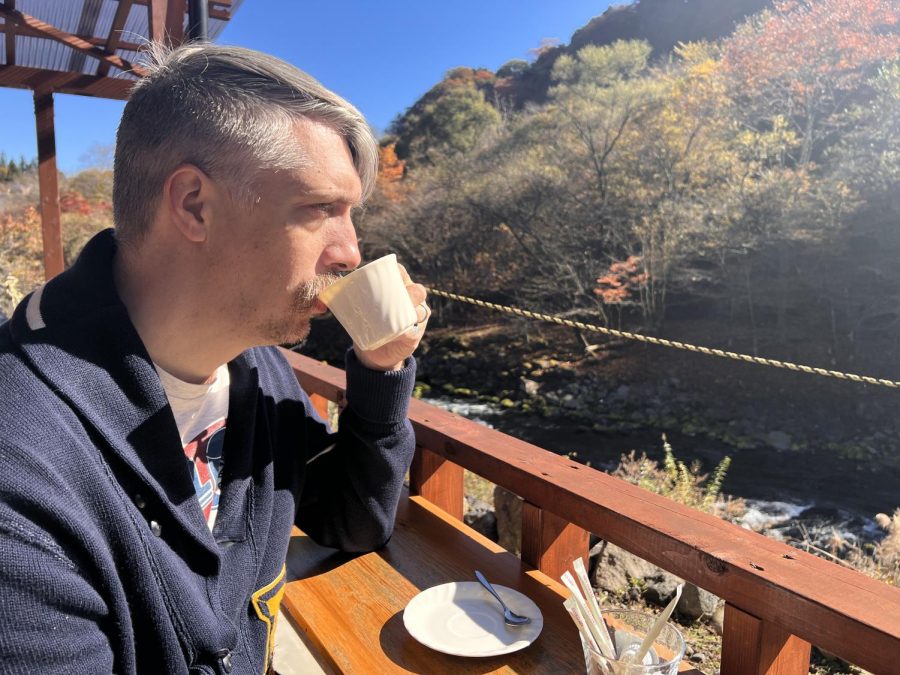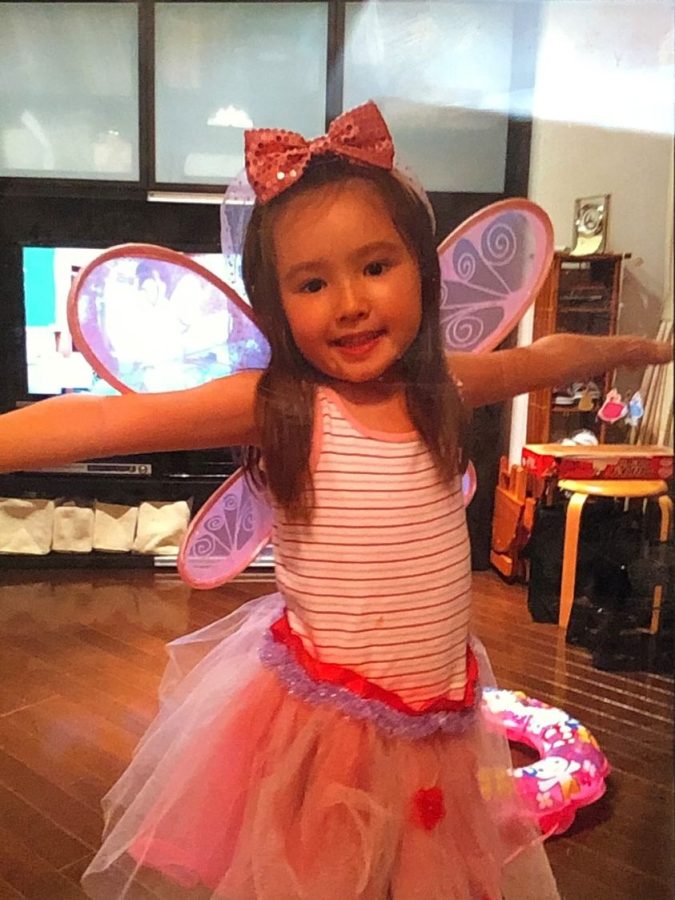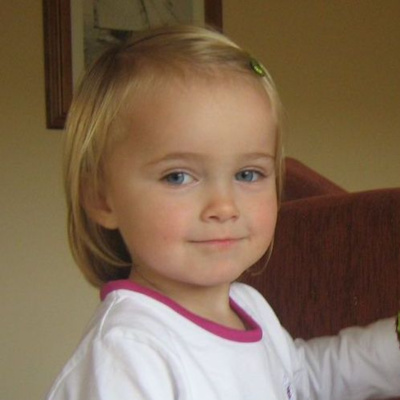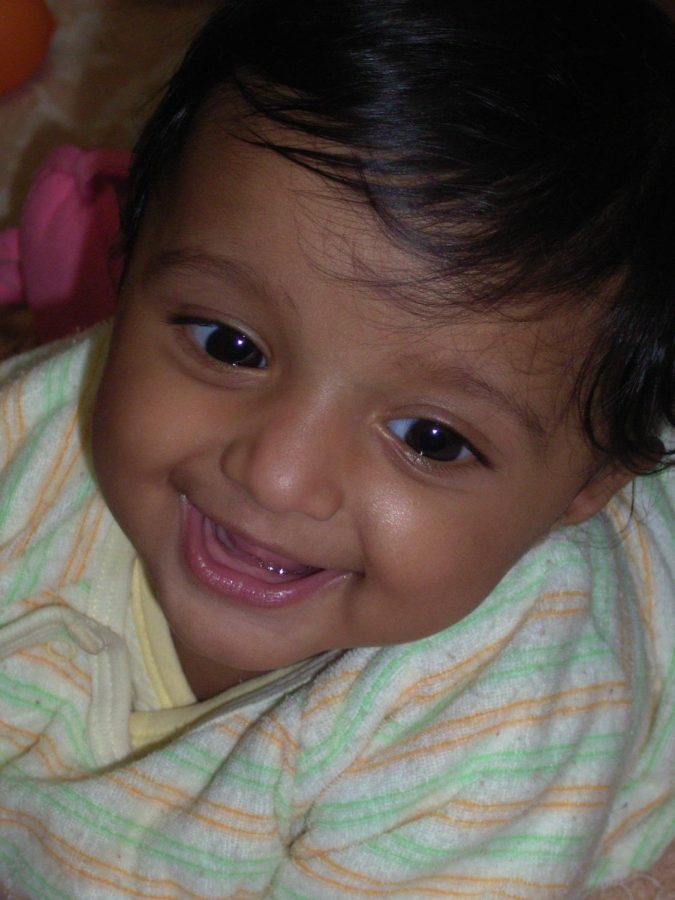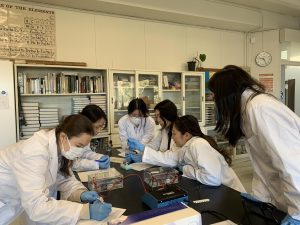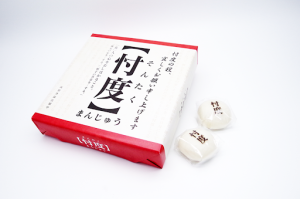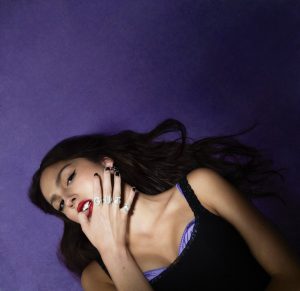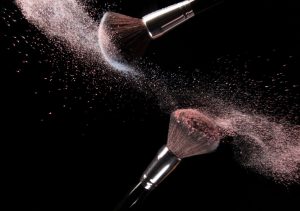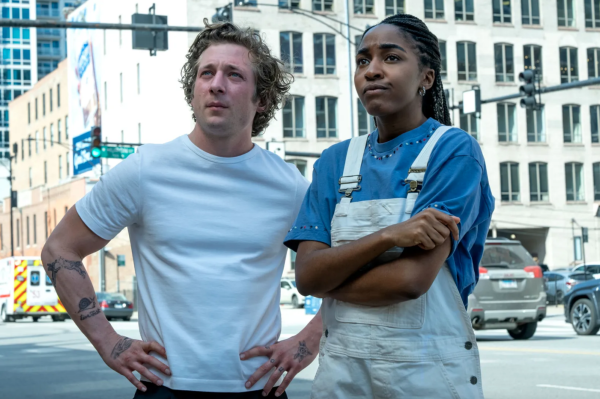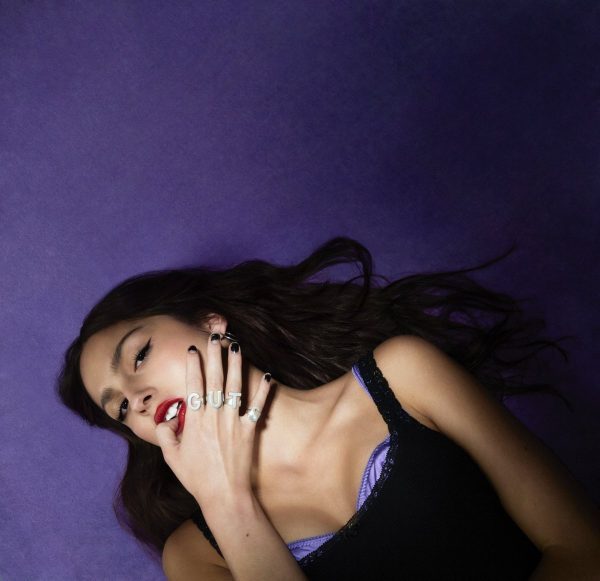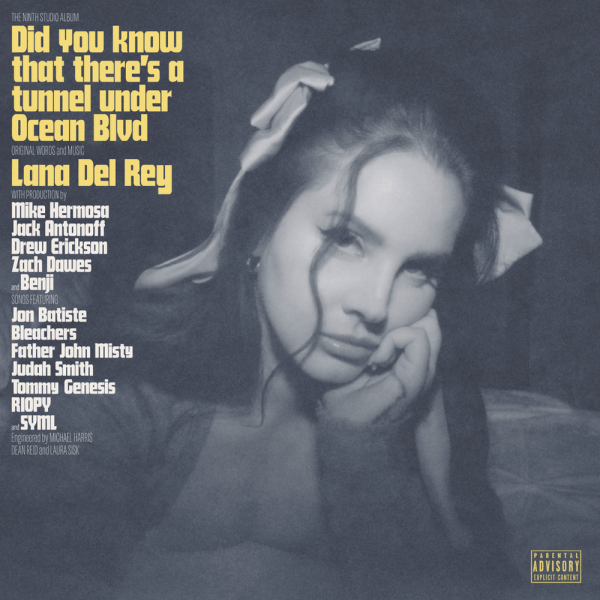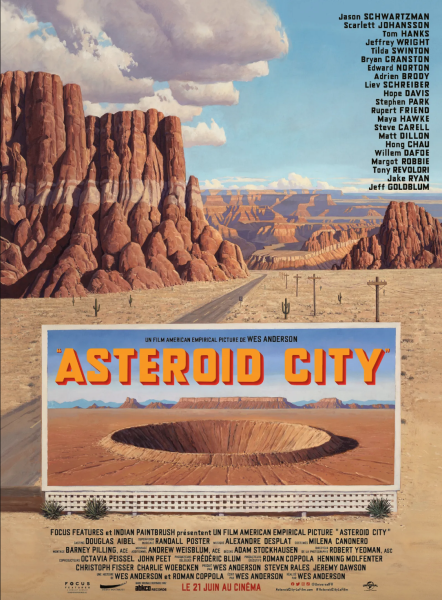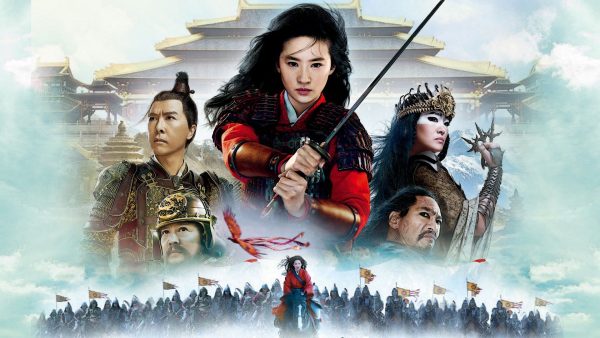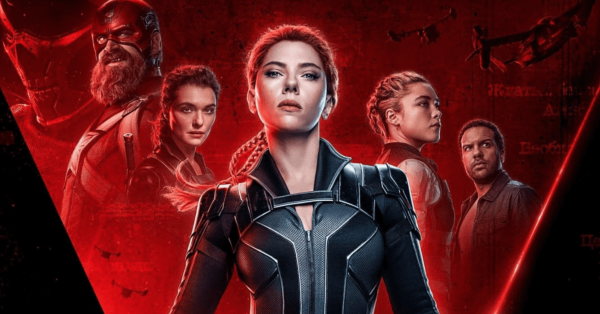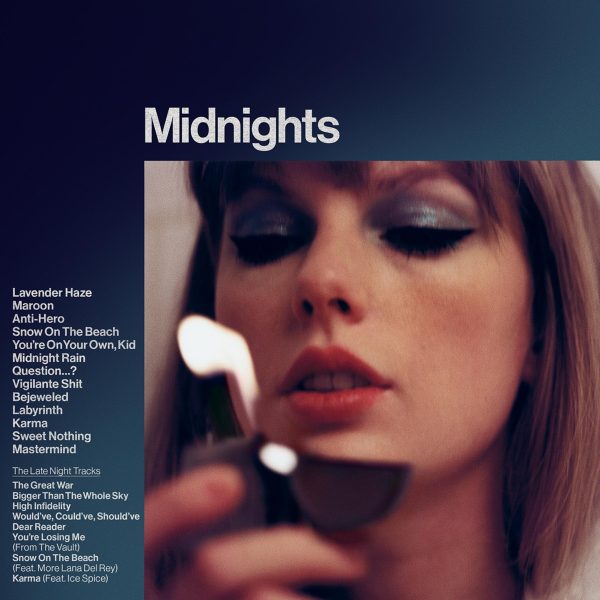AI art: a helper, not an enemy
January 27, 2023
As someone who has spent my entire life preparing myself for an art career, I never really imagined that the impacts of AI would spread to the art field. However, with modern technology developing as fast as ever, it was a matter of time before AI art caught up, possibly even surpassed, artists. Starting with the news of an AI artist winning an art competition, AI art soon became the talk of the internet and the source of fear for artists, including me.
Titled the “Greatest crisis of the 21st century: The coming AI apocalypse.” by Phil Edward, a Senior video producer for Vox, many of the art community feel anxious about losing their jobs. But many, including me, feel it’s not just about the fear of unemployment but also the feeling of futility in their years of work. Many artists on social media platforms such as Twitter, Instagram, and youtube have openly voiced their opinions of AI art. Jono Dry, a professional artist, has stated that “This scares me. It makes a huge part of my practice somewhat redundant.” However, it’s quite possible it seems like things could change for the better, and see how AI art could become an advantage for artists. AI art has the potential to develop the art industry, help artists work efficiently, develop artists’ creativity, and maybe even save their lives.
AI art isn’t something to replace artists; instead is going to develop the art industry, just like digital art. AI Art has a reputation for being fast, efficient, and free, but also “fake,” similar to how digital art was seen as a way of cheating into art. The issue of 2D art seems to heavily resemble the issue of AI art. 2D digital art was seen as a threat to the many jobs of traditional artists when it was first released into a traditional art-dominant world. But in reality, digital art expanded the definition of art itself, creating more jobs and expanding the field of art. New types of 2D digital art jobs that rose to the art field are endless, such as 2D Motion Graphics animators, graphic artists, freelancers, 2D graphic production artists, and 2D digital illustrators. Are any of these jobs seen as a “fake job” that’s easier than 3D art jobs? I doubt so. Seeing how these jobs are, without doubt, accepted into the art industry, it would be possible that AI art could be accepted into our hearts.
Digital art never stopped there and has quite literally created new dimensions of art for the entire world. Three-dimensional movies and four-dimensional screens, virtual reality, and interactive digital museums. These new forms of creation will give people new experiences, and it can be hoped that AI art will also bring such positive and revolutionary creations to our world.
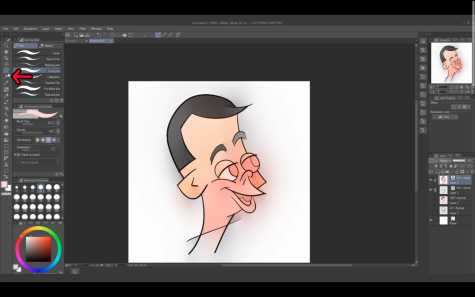
Photo credit: screenshot from https://www.youtube.com/watch?v=A2gq8wJZ3y8&t=1s
While AI has the possibility of developing the art field, it also has the great potential to help artists by becoming a support tool. Art programs such as Adobe and Celsys have added AI features for artists to use as their personal assistants, increasing the speed and efficiency of the creative process. Tatiana Mejia, Manager of Adobe’s AI system, Sensei, stated to Verge, “The best AI features can assist artists and cut out repetitive tasks.” The tools will assist artists in drawing at a faster speed, allowing them to save artists a lot of time. This will enable artists to release all of their creative ideas. These AI tools will not just be limited to 2D art but to other fields, such as animated movies, which require a lot of time to plan and produce. By using AI, the time of movie productions can be shortened, allowing more ideas and concepts to be explored. For example, OLM, the production studio of the Pokemon anime, and several other studios have started researching the use of auto-coloring AI. In his interview with The Verge, João Do Lago, a Netflix animator, has claimed that “One of the things that makes animation really hard to do is the amount of time it takes to create…. But when you can automate a big part of that process, you allow more room for different ideas and visual languages to be explored since you can iterate on them a lot faster.”
As previously mentioned, while AI can help artists save time, it can also potentially increase the creativity of artists. Because of this, artists will be able to explore more ideas and concepts, allowing artists to be more creative in their work. João was previously quoted about how the efficiency of AI will allow human artists to be more creative and open about their work. “When you can automate a big part of that process (by using AI), you allow more room for different ideas and visual languages to be explored since you can iterate on them a lot faster.”
It has also been said that AI has its own creativity and that creativity is not a human-only characteristic. If that is true, it could become a benefit for artists because then the creativity of AI can be used to develop other artists’ works. Animator Janina Malinis claims that “it (AI) can be a way for creatives to build on their own concepts and ideas.” AI art creates art in creative and unpredictable ways and also has the ability to create a lot of art with the same concept in different aspects. AI thinks outside the box and creates art that humans never really thought of before, which could become a source of inspiration for artists.
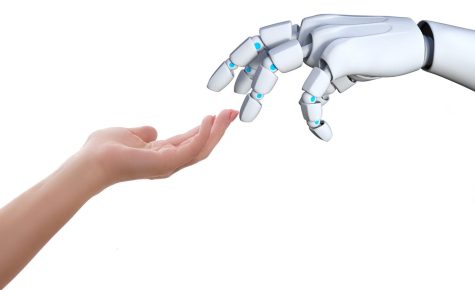
AI doesn’t just help artists, but it can quite literally save their lives. The truth about the art industry is that artists have severe health issues due to overwork. A famous example of overworked artists is Korean Webtoon artists. Webtoon, defined as ‘an animated cartoon or series of comic strips published online.’ by Oxford Languages, is in great popularity worldwide, with a market price of 4.7 billion US dollars, according to Spherical Insights, an independent global business advisory firm. Despite their immense popularity, Korean Webtoon artists are said to be working in intense labor conditions. According to EhostICT, an ICT company, the Korean Ministry of Culture, Sports, and Tourism conducted research discovering that webtoon artists work an average of 10.5 hours a day, 5.9 days a week. 85.4% have answered that they are “under extreme stress for work and experiencing lack of work time and break time.” and 85.1% have said to have “bad physical and mental health conditions.” Jang Sung-Rak, the artist of the globally loved Webtoon Solo Levelling, passed away due to a brain hemorrhage in August 2022, and it has been suspected to be caused due to overworking himself.
To help resolve these issues, the ETRI, Electronics, and Telecommunications Research Institute, have been developing an AI using a Webtoon program called DeepToon. Basically, instead of drawing every single scene in an episode, in which one episode contains 60-100 scenes, the AI will do the basic sketching for the artist. Do understand that the artists have to draw 60-100 scenes in just 3-5 days, which is intense labor. The AI will then scan the storyline the artist has written and create a simple sketch matching the story. Then the artist will edit any of the sketches to his liking, the AI will then learn the artist’s art style and continue on the line work. Some might say, isn’t that basically the AI doing the work? It has been said that this system of work will finally allow Webtoon Artists to take a breather, allowing them to work more efficiently with higher quality.
In conclusion, when finding another “Will AI take over Artists?” article, please consider, Will they really? AI Art will continue to develop and thrive, and it’s likely impossible ever to stop the process. Instead of trying to stop an inevitable process, it would be more beneficial for artists to develop and thrive along with AI. I believe people should be aware of all the benefits AI could possibly bring to artists and how there is still hope.

